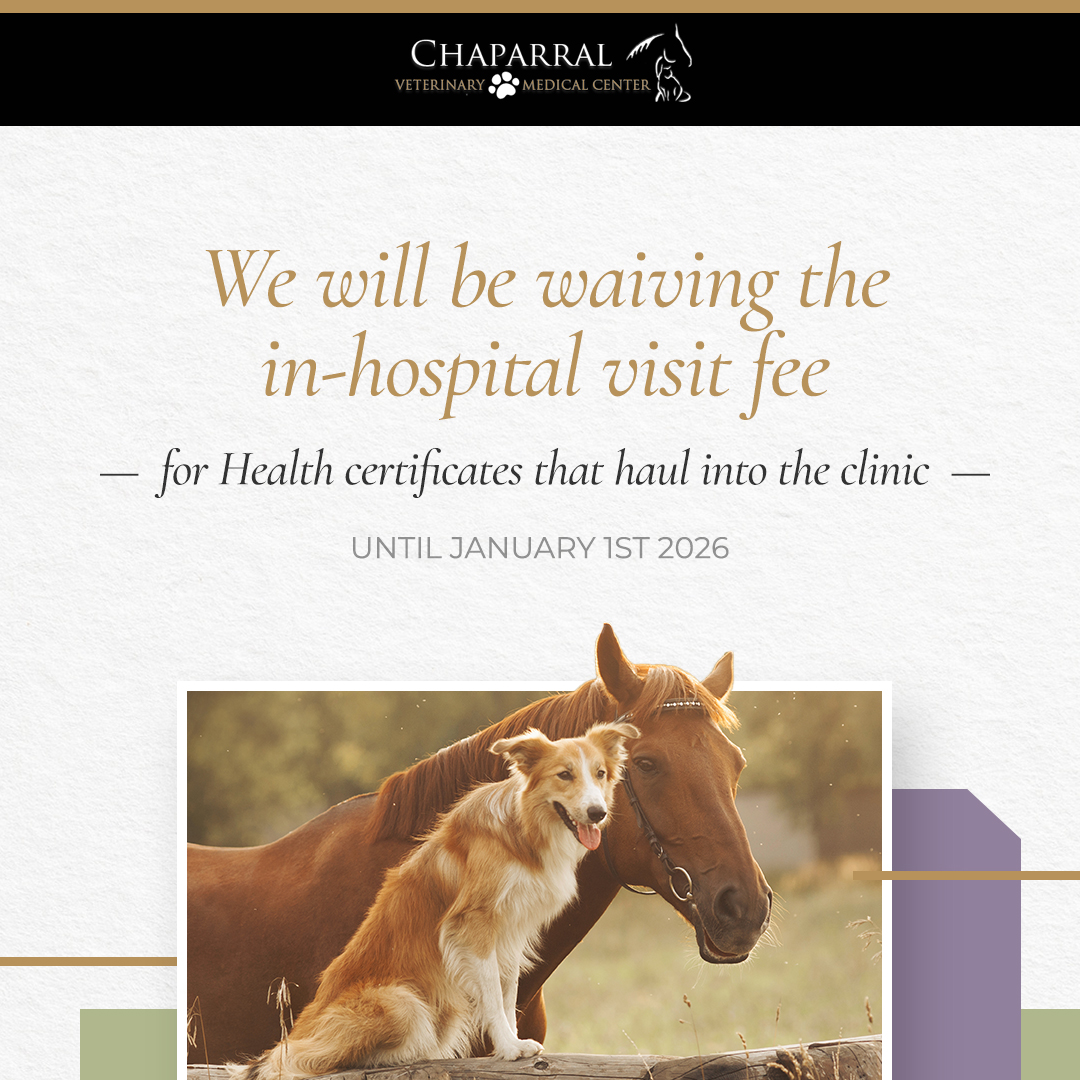Cave Creek, AZ 85331
What is an Arthroscopic procedure and what are it's benefits?

Arthroscopy is a minimally-invasive surgical technique that is used in both humans and animals and is often seen in equine care. Arthroscopy is normally performed on synovial joint structures. Synovial joints allow for movement but are pre-disposed to developing arthritis and gout. Surrounding the joint itself are tendons that attach muscles to bone, ligaments that attach bones to one another, and bursae, which are small sacs of fluid that provide additional cushioning and lubrication. Arthroscopy can be performed on any of these structures.
The procedure itself is carried out using an arthroscope, which is a small, rigid camera that is inserted into the joint structures and gives your veterinarian a clear image of what is happening inside. This image appears on video screens in the operating room. The incision needed to insert the arthroscope is very small, only around 1cm across. Depending on what surgery needs to be carried out, further very small incisions may be made through which the surgical instruments are passed.
Benefits of an arthroscopic procedure
There are numerous benefits to arthroscopy for your horse. These include the following:
Smaller incisions equal smaller wounds
Lower risk of complications such as bleeding and infection
Reduced trauma to surrounding tissues
Reduced recovery time
Smaller scars
Less post-operative discomfort for your equine
What happens during arthroscopy?
If your horse hasn’t had an arthroscopic procedure before, it is beneficial to know what to expect. That said, exactly what will happen during the procedure will depend on what treatment is required for your horse. Several joint resurfacing techniques can be provided including:
Osteochondral grafting with regenerative therapies. This is a method of treating cartilage injuries that expose the underlying bone.
Cartilage pinning to repair damaged cartilage.
Bone grafting to add healthy bone and encourage bone regeneration where necessary.
Equine arthroscopy is always performed under a general anesthetic so that your horse isn’t awake or in any discomfort during the procedure. However, since any use of general anesthetic does come with some risks, your horse will be thoroughly assessed before approval for the general anesthetic can be given. This involves undertaking a full clinical examination of your horse, and pre-operative blood testing. Rest assured, your horse will be carefully monitored for the duration of the time that she is under the effects of the general anesthetic, as well as for a short time afterward until she has fully come around.
It is also important to note that your horse must have shoes removed ahead of the surgery, which helps to reduce the risk of self-injury during recovery from the general anesthetic. We can do this for you, or you can arrange for your own farrier to de-shoe your horse ahead of the procedure.
If you would like to learn more about arthroscopy for your horse, please don’t hesitate to get in touch with our experienced veterinary team.













